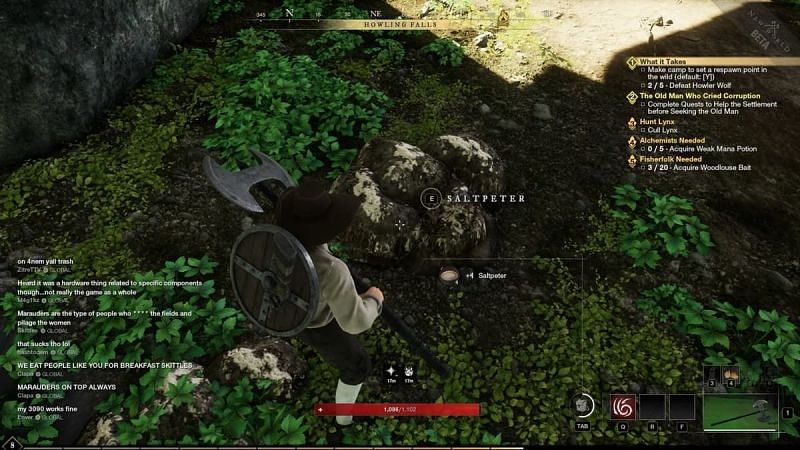

Francis Bacon sought to dispel speculation about the ‘spirit’ of saltpeter, yet identified it as the energising ‘spirit of the earth’. Though saltpeter had been utilised for weapons since the 14th century, its nature and properties were a mystery which were investigated by successive generations of alchemists, natural philosophers and military technicians. Whereas charcoal and sulphur were plentiful and cheap, saltpeter had to be imported at great expense from the continent.

The first chapter, ‘Mysterious saltpeter’, begins by describing the practical qualities of gunpowder. In the final two chapters, the focus shifts to the British Empire, America and France, and how these powers accommodated their need for saltpeter. Chapters two to six trace the attempts by successive English monarchs to reduce their reliance on imported saltpeter, by developing a domestic industry. The first chapter looks at the science and technology of saltpeter over the course of the period. The book can be divided into three principal parts. His extensive archival research and interest in integrating the science and technology of saltpeter, and its social, military and administrative history, means that in the space of a relatively short book (237 pages including bibliography), he is able to make a significant contribution to the field. (3) His main contribution is to draw upon these disparate strands to write a book which traces the story of the provision and consumption of saltpeter over the course of five hundred years. It is important to note that Cressy builds on and contributes to research such as by Brenda J. The fifth strand consists of social, legal, and political historians, who have only examined saltpeter superficially. The fourth comprises the study of the traffic of the East India Company from the 17th to 19th centuries, but which is divorced from its wider context. The third is made up of military historians, who despite the importance of gunpowder to the ‘military revolution’ debate, ‘take the logistics of firepower for granted’ (p.

The second comprises historians of science, whose focus is limited to celebrity scientists. The first consists of specialist studies of the technology of gunpowder manufacture. (2) He begins by identifying the five main strands of previous research and describes their limitations. Cressy quotes the assessment of Kelly DeVries that ‘no comprehensive study of late medieval and early modern saltpetre production has been written’. The express purpose of this book is to address the gap in the historiographical literature. (1) This is apparent in the core of the book (chapters three to six) where the clash between the saltpetermen and local communities is brought vividly to life. Underlying themes of his publications are their focus on bringing the stories of obscure individuals to life, and their interest in ‘relationships between the governors and governed’. His publications have encompassed a wide variety of topics pertaining to the period between the mid 16th and mid 17th centuries, including unusual cultural practices, ritual, and the collapse of the government of Charles I. These are issues which are pertinent to the modern era, as revealed by the recent leaks of the NSA whistle blower Edward Snowden.Īs Cressy acknowledges, the chronological scope of the book is a departure from his previous research. Cressy boldly sets out the importance of his topic, describing it as a special commodity, vital for the national security of the nation, which pitted the needs of the state against the rights of the individual. The quest for saltpeter, the ‘inestimable treasure’ of Tudor and Stuart monarchs, crucial for the production of gunpowder, is the subject of David Cressy’s work, which spans the reign of the first Tudor, Henry VII, to the industrialised warfare of the 20th century.


 0 kommentar(er)
0 kommentar(er)
